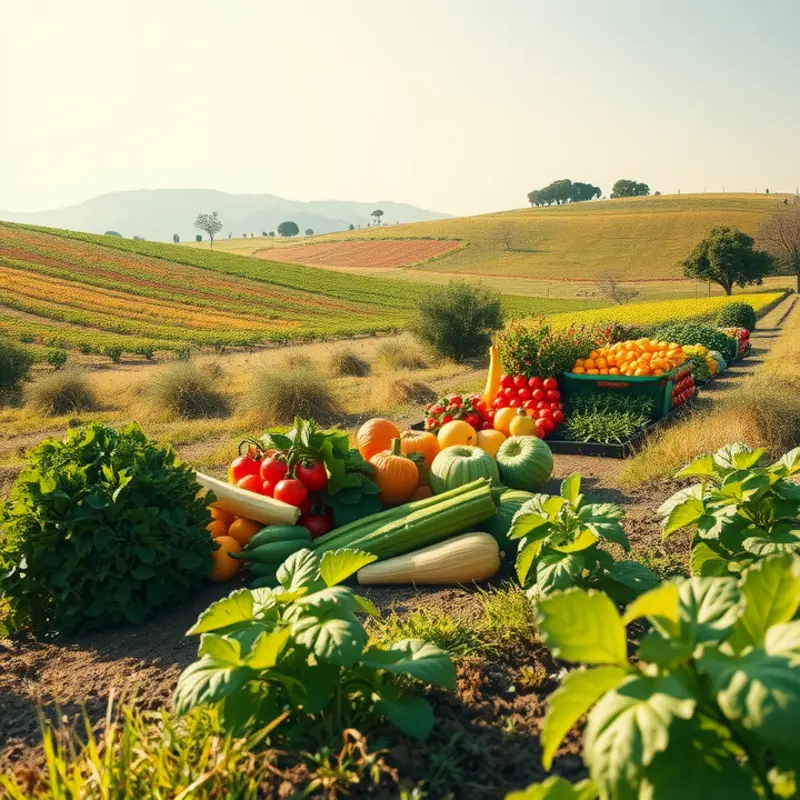Sticky pastry dough can be a significant frustration for home cooks, leading to ruined recipes and discouragement. Understanding how to prevent dough from becoming overly sticky is key to achieving a perfect pastry. With a few straightforward techniques and some attention to detail, anyone at any cooking level can master the art of handling pastry dough effectively. Let’s explore these practical tips together and improve your working experience in the kitchen.
Understanding the Basics: Ingredients and Technique

Perfecting your pastry begins with understanding the fundamental components that make up your dough: fat, flour, and moisture. Each plays a pivotal role in preventing the dreaded sticky dough syndrome.
Selecting the right fat is crucial. Fat introduces flakiness and contributes to the dough’s texture. Butter, with its rich flavor, is a classic choice, while shortening can yield a softer crumb. For the best results, use fat that is cold. The colder the fat, the less likely it will melt into the flour prematurely, thus preventing a gluey mess.
Next, consider your flour selection. Not all flours are created equal. High-protein flours, like bread flour, absorb more water and create more gluten, which can lead to tougher, stickier dough. Opt for all-purpose or pastry flour for a more balanced protein content that encourages tenderness and a manageable dough consistency.
Moisture content is another vital factor. Too much water, and your dough will be hard to handle. Too little, and it becomes dry and crumbly. The right amount of water will bind your ingredients without overwhelming the mixture. Add water gradually via a spray or dribble, allowing the flour to hydrate evenly without becoming overwhelmed.
The technique you employ is equally significant. Chilling your dough is an often-underrated step that can transform your pastry-making experience. Once your dough is combined, allow it a rest period in the refrigerator. This relaxing time firms up the fat and lets the flour fully absorb the moisture, making the dough easier to roll and shape.
Proper handling and minimal touching are also essential techniques. Limit the contact your hands have with the dough to prevent the transfer of body heat, which can soften the fat and make the dough sticky. Instead, use tools like pastry cutters or bench scrapers.
Finally, working in an environment with controlled temperature levels is beneficial. A cool, dry space can help maintain the integrity of your dough.
These foundational tips set the stage for pastry success. Embrace these principles, and sticky dough will become a rare occurrence in your kitchen. For more insights on enhancing your cooking techniques, you might find this guide on easy sauce simmering useful in refining your kitchen skills.
Practical Tips for Managing Dough

Achieving the perfect pastry dough requires more than just patience—it demands a few practical techniques to manage stickiness effectively. Here, we delve into those methods, allowing you to craft pastries with confidence.
Adjusting Moisture Levels
Start by examining your dough’s moisture. Too much liquid is often the culprit behind sticky dough. As a rule of thumb, start with less water than the recipe suggests. You can always add a teaspoon at a time if needed. Conversely, if the dough feels too dry and crumbly, don’t hesitate to sprinkle a little extra water. Achieving the right balance is key.
Using Flour While Rolling
When rolling out dough, dusting both the work surface and the rolling pin with flour is essential. This thin layer acts as a barrier, reducing stickiness. However, be mindful not to use too much flour, which can alter the dough’s texture. It’s about finding the right amount to keep things manageable without drying the dough.
Ensuring Adequate Chilling
Chilling your dough is not just optional; it’s imperative. Cold butter (or the fat used in your dough) remains solid, preventing stickiness and ensuring flakiness. After mixing, wrap the dough in plastic and refrigerate it for at least 30 minutes. This process relaxes the gluten and solidifies the fat. If you’re short on time, consider between batch projects as described in this meal prep guide, to multitask efficiently.
Understanding Kneading and Folding
Kneading is an art, and understanding its purpose helps manage dough texture. With pastries, less is often more. Overworking can lead to gluten development, resulting in a tough texture. Aim to knead until the dough just comes together. On the flip side, techniques such as folding (as in croissant dough) help create layers and should be done gently and minimally to maintain butter integrity.
Utilizing the Right Tools
Invest in quality tools. A solid rolling pin, pastry scraper, and silicone baking mat can transform your dough-making experience. A pastry scraper helps in transferring rolled dough and cleaning the surface, minimizing unnecessary flour usage. A silicone baking mat, meanwhile, ensures minimal sticking and easy cleanup.
Lastly, your hands are tools too. Kneading with cold hands during warm months can help prevent butter from melting. If you naturally have warm hands, run them under cold water or hold an ice pack briefly before handling your dough.
These strategic adjustments and the use of the right tools will surmount most sticky dough challenges, providing you with greater assurance as you master the art of pastry making. These tips allow you to concentrate more on creativity and flavor rather than worrying about tackling sticky situations.
Final words
Successfully preventing sticky pastry dough involves a combination of understanding your ingredients and refining your techniques. By mastering these elements, you not only enhance the quality of your pastries but also enjoy a smoother baking experience overall. Remember, practice is key in the kitchen, and don’t hesitate to experiment with different methods to find what works best for you. Embrace the journey—each step brings you closer to becoming a pastry pro!







